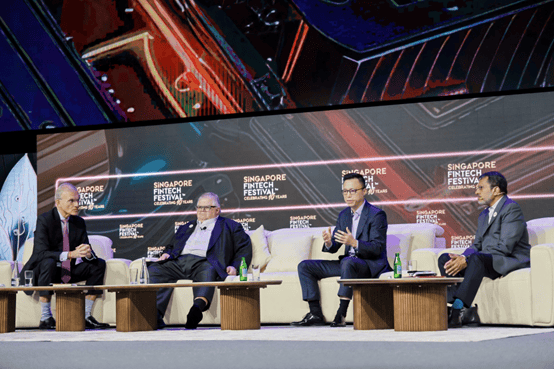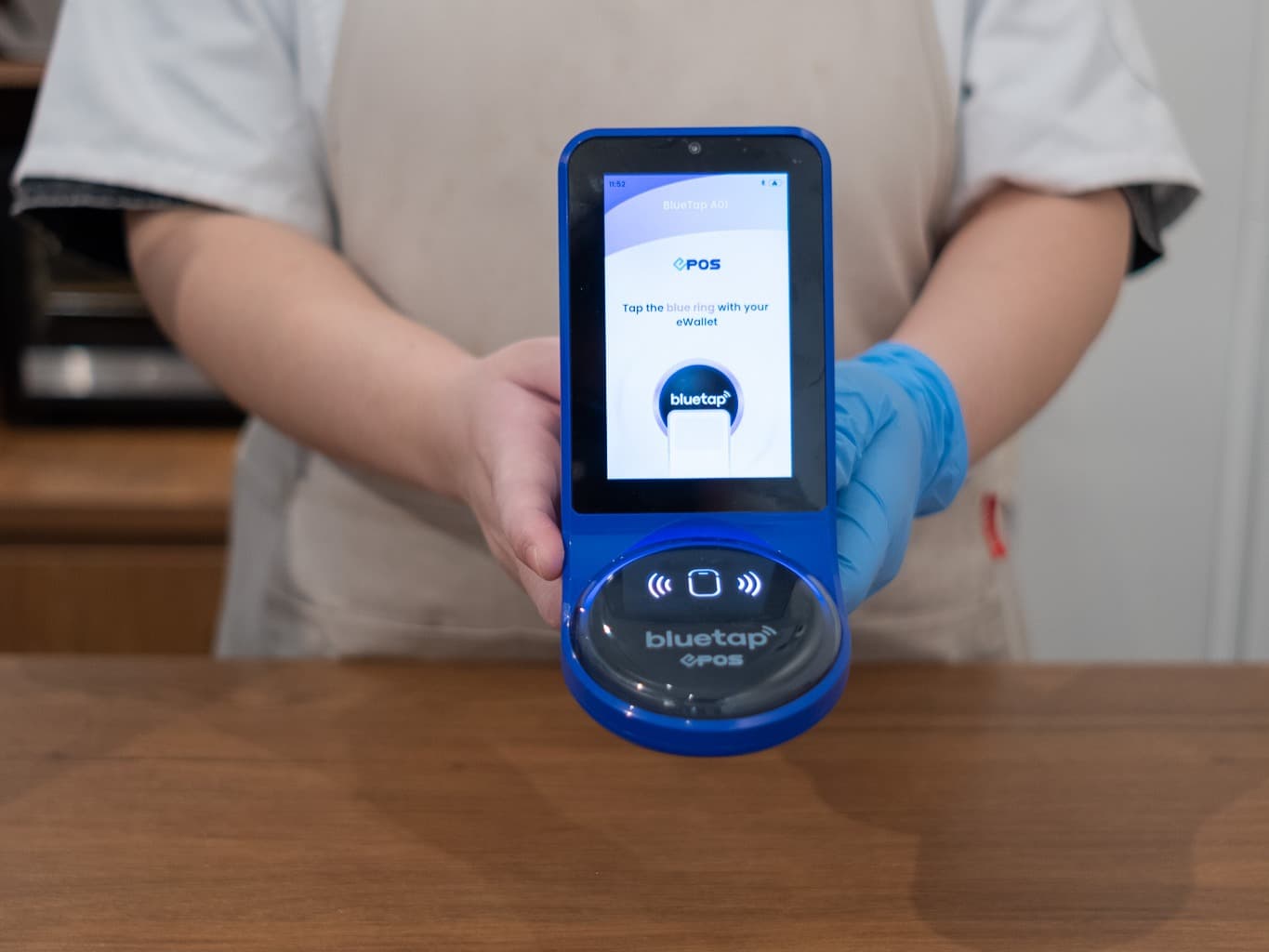
In 2025, the global Internet of Things market is projected to reach approximately 991 billion dollars by 2028, driving everything from rural bakeries to global defense systems, according to Gartner. That growth, however, depends on networks that stay online. Yet these networks remain vulnerable. Denial of service threats, configuration delays, and connectivity failures continue to cost businesses billions each year. According to a Cisco survey, 60 percent of IoT projects stall in the proof of concept phase, often due to unreliable connectivity, cyber disruptions, or the complexity of setting up large numbers of devices. Shashidhar Reddy Polepalli, a leading engineer in cellular and networking technologies, has helped transform this landscape with three U.S. patents: one optimizing connectivity (US10484891B2), another securing networks against cyberattacks (US10237301B2), and a third automating device provisioning (US9913127B1).
Denial of service (DoS) attacks are rising at an alarming pace. In the first quarter of 2025, Cloudflare reported blocking more than 20.5 million denial of service incidents, a 358 percent increase over the previous year. At the same time, the Internet of Things Advisory Board at the National Institute of Standards and Technology, which advises the United States government on infrastructure, cybersecurity, and large-scale deployment, identified manual device provisioning as a major obstacle to scaling connected systems. Shashidhar Reddy Polepalli’s patents directly address these challenges by improving connectivity, defending against service disruptions, and automating device setup to keep essential networks secure, reliable, and ready to scale.
Picture Maya, a bakery owner in rural Georgia, whose smart ovens and payment systems stay online during a storm, saving her entire day’s sales. Or Raj, a Verizon engineer in Atlanta, whose network withstands a denial of service attack, protecting critical infrastructure when every second counts. These examples reflect the real-world consequences his work was designed to prevent. As a Senior Principal Software Engineer at Fortinet, he designs the backbone technologies that keep networks resilient and reliable when it matters most. “It is about people trusting the systems they rely on,” he says.
Confronting Network Fragility
Shashidhar Reddy Polepalli was born in India, where unreliable networks were a daily reality, interrupting communication, education, and access to opportunity. After decades of engineering leadership at companies such as Polycom and Motorola, he joined Fortinet’s United States team with a clear mission: to build connections that do not break. The challenge was clear. He set out to stabilize networks behind retail systems, defense infrastructure, and enterprise environments. A dropped signal could halt transactions at a rural bakery. A denial of service attack could bring down a critical service provider. Legacy systems, dependent on static routing and manual intervention, often failed under pressure. According to IDC, the average hourly cost of an infrastructure failure can reach 100,000 dollars, while unplanned application downtime for Fortune 1000 companies averages between 1.25 billion and 2.5 billion dollars annually. In total, global enterprise downtime is estimated to cost around 400 billion dollars each year. Shashidhar’s patented solutions redefined resilience and have since been adopted by companies including IBM, Verizon, and others.
Crafting Resilient Solutions
Shashidhar Reddy Polepalli’s connectivity patent (US10484891B2) enables live disruption prediction and adaptive response. Dell adopted it to enhance supply chain operations, while Microsoft, IBM, and Cisco Meraki cited it in work related to AI optimization, hybrid network performance, and wireless diagnostics. His security patent (US10237301B2) helps mitigate denial of service threats by regulating cellular modem behavior under attack. Neustar used it to reduce data costs by 30 percent. BAE Systems and Ericsson applied it to protect radio and telecom systems in high-risk environments. His provisioning patent (US9913127B1) automates cellular device setup. Verizon adopted it for streamlined deployment across enterprise networks, and Apple cited it in its research on device provisioning frameworks.
These patents now form part of the technical foundation behind global infrastructure. IBM, Microsoft, Apple, Verizon, Ericsson, Dell, Cisco Meraki, and BAE Systems have either implemented or cited Shashidhar’s innovations to improve reliability, reduce operational cost, and ensure service continuity across industries. From cloud infrastructure to mobile and defense systems, his contributions now shape how the world builds networks that must not fail.
Amplifying Global Impact
The results are measurable and supported by industry adoption. According to Mark Watson’s letter, Neustar achieved a 30 percent reduction in data costs by integrating Shashidhar’s denial of service mitigation technology into remote network operations. Rick Goldschmidt of Verizon confirmed that Shashidhar’s provisioning patent helped automate the setup of SIM-enabled devices at scale, improving configuration reliability in enterprise environments. At Dell, Hung Dinh reported that Shashidhar’s predictive modeling helped improve forecasting accuracy and operational efficiency across return management systems. Research from Small Business Majority found that 36 percent of small businesses saw increased revenue, and 48 percent reported improved efficiency after adopting digital tools, highlighting the broader value of scalable and secure digital infrastructure.
At a broader level, enterprise Internet of Things spending grew by 12 percent in 2024, reaching 238 billion dollars, according to IoT Analytics. In India, broadband subscribers increased from 916 million to 924 million between February and March 2024, reflecting steady demand for digital infrastructure. This growth underscores the need for secure and scalable connectivity solutions, a challenge addressed by technologies developed by Shashidhar Reddy Polepalli. According to Veronica Bonilla’s adoption letter, BAE Systems integrated its denial of service mitigation method into secure mobile communication systems. Rickard Ljung confirmed that Ericsson and Sony adopted the same approach to enhance resilience in device-level security. Apple and Sony have also cited his provisioning patent in technical filings related to activation and configuration. These companies operate global platforms that manage large-scale deployments, as shown in public shipment records.
Shashidhar’s connectivity patent reduces redundant bandwidth use, improving energy efficiency in network operations. This aligns with guidance from the United States Environmental Protection Agency, which highlights digital optimization as an effective method to reduce greenhouse gas emissions. His innovation also resonates with broader market trends. According to a 2024 NielsenIQ report, sustainability is a key factor influencing consumer preferences in technology spending. In Atlanta, which CBRE identifies as one of North America’s leading technology hubs, growth in digital infrastructure and employment continues to strengthen the region’s role in the innovation economy. Innovations like Shashidhar’s contribute to the systems that support this ongoing development.
Technical Mastery
Building on these enterprise-level outcomes, Shashidhar Reddy Polepalli’s patented technologies are rooted in deep engineering expertise. His connectivity patent (US10484891B2) supports live signal optimization and bandwidth management across distributed enterprise networks. Dell’s adoption letter confirms that its integration improved forecasting accuracy, uptime, and throughput in critical return management operations. The patent’s algorithms dynamically adjust bandwidth based on performance conditions, offering a more efficient alternative to static network configurations. His security patent (US10237301B2) applies traffic behavior analysis to detect and mitigate denial of service attacks. Neustar, according to Mark Watson, reported a 30 percent reduction in cellular data billing after implementing this approach. His provisioning patent (US9913127B1) automates configuration processes at scale. Verizon’s adoption letter confirms that this solution enabled the provisioning of large numbers of SIM-enabled devices across enterprise and industrial environments. Together, these systems form the backbone of intelligent, scalable, and secure digital infrastructure adopted across leading industries.
These innovations are grounded in Shashidhar’s technical background. His deep experience with next-generation secure networking protocols like IPv6 and related systems helped shape the architectural design behind these solutions. His formal training in machine learning contributed to the predictive logic used in live network optimization. Microsoft, through citation of its patent, acknowledged its relevance to scalable AI systems and dynamic cellular connectivity optimization. BAE Systems integrated its security methods into defense communication systems to maintain continuity during high-risk network events. Apple and Sony have cited their provisioning patent in technical filings related to device activation and configuration. Collectively, these companies operate large-scale platforms that support the deployment and provisioning of hundreds of millions of connected devices globally, as confirmed through public shipment data.
Setting Industry Benchmarks
Shashidhar’s patents have influenced foundational developments across the technology sector. IBM referenced his connectivity concepts in later innovations focused on artificial intelligence and network optimization, as noted by patent examiner Beth Anne Peterson. Microsoft cited his work in technical documentation related to large-scale enterprise connectivity. Dell’s patent (US11301858B2) aligns with his forecasting models, as reported by Hung Dinh at Dell Technologies. Neustar built on its denial of service mitigation work in its patent (US11108562B2), applying those concepts to improve network verification and reduce vulnerability to attack, as confirmed by Mark Watson, a former software engineer at Neustar. BAE Systems and Sony acknowledged his contributions to secure communications and resilient device infrastructure, according to statements from Veronica Bonilla of BAE Systems and Rickard Ljung of Ericsson and Sony.
At the 2024 CTIA 5G Summit, industry leaders emphasized the importance of open, software-based network architectures in sustaining economic growth and infrastructure performance in the 5G era. These themes reflect the same priorities advanced by Shashidhar’s connectivity patent, which centers on live optimization and intelligent bandwidth management. His work aligns with the broader push toward virtualized, adaptable communication systems that support deployment at scale across both enterprise and industrial sectors.
A Resilient Tomorrow
Shashidhar Reddy Polepalli’s patents do more than stabilize networks. They contribute to the infrastructure that supports real-world applications of secure and reliable connectivity. As Internet of Things deployment continues to expand, with more than 40 billion connected devices projected by 2030 according to IoT Analytics, his innovations align with the growing demands of global communication systems. By improving bandwidth efficiency, service continuity, and automated device provisioning, his work helps reinforce the networks behind smart factories, transportation systems, and enterprise platforms. As the scale of 5G and connected technologies increases, Shashidhar’s contributions help enable a future where networks remain strong, secure, and accessible to all.
Michael Cain is a NewsBreak contributor and an Editor at Springer Nature, focusing on tech-driven narratives and financial reporting. With a background spanning artificial intelligence, cloud computing, and emerging fintech innovations, Michael has authored pieces like “AI-Powered Merchant Risk Assessment” and “Breaking New Ground in Data Security,” spotlighting cutting-edge solutions that shape modern businesses. Equally at home analyzing corporate earnings or exploring advanced technology trends, Michael aims to bridge the gap between complex concepts and everyday impact.
Connect with him at [email protected] for insights into the evolving frontiers of tech, finance, and beyond.


